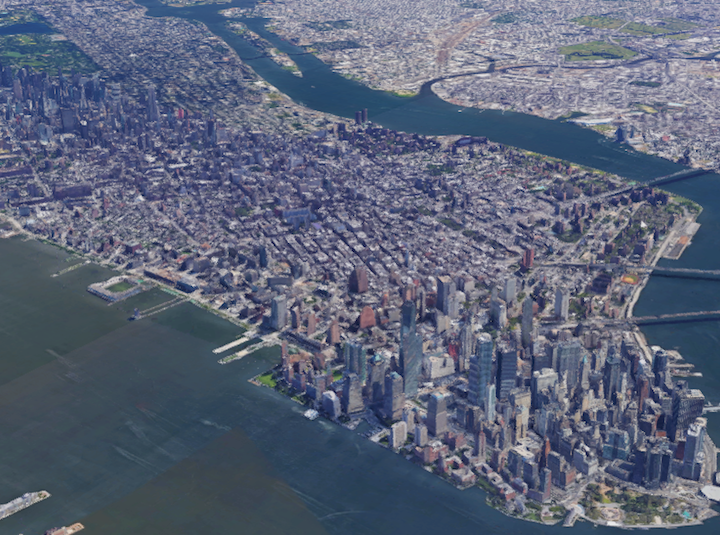Submarine fiber optic cables represent a fundamental element of the Internet, allowing the connection at very high speeds between geographic areas, also far away from each other, as shown by the map managed by TeleGeography. As can be appreciated from the map, two large hubs on which the submarine cables converge are Sicily and, even closer to TOP-IX, Marseilles. According to the “Economic Impact of Submarine Cable Disruptions”, submarine cable transport as much as 97% of Internet data.
From today, cables, in addition to playing a fundamental role in the transport of Internet traffic, become a tool for monitoring submarine earthquakes. It is an innovative technique developed by INRIM and the National Physical Laboratory (NPL), in collaboration with the British Geological Survey and the University of Malta, told in an article in Science. By adapting the technique with which time signals are transmitted by means of ultra-stable lasers, the fiber can be transformed into a sensor capable of alerting to the arrival of earthquakes and tsunamis.
“Digital ecosystems, and optical fibers in particular, already go beyond data transport, as shown for example by the “Time as a service” service, which provides a dating for certified and resilient finance, which Top-IX and Inrim also offer on the Milanese square but not only – says Davide Calonico, First Researcher at I.N.RI.M. and chairman of the Board TOP-IX Consortium –. In Science we have demonstrated a much more scientific and global application, which enables a potential submarine earthquake detection network where data flows. I am convinced that other applications will arrive soon, perhaps with the new sensors or with quantum fiber technologies, on which Europe is so active.”
Today, most subsea earthquakes are not detected because installing seismic monitoring stations at the bottom of the sea is very expensive. The cables, already installed, up to 535 kilometers long, were located at a distance from the epicenter of the earthquake between 25 and 18,500 kilometers. By exploiting this network we can ensure a capillary detection system with significant savings.




